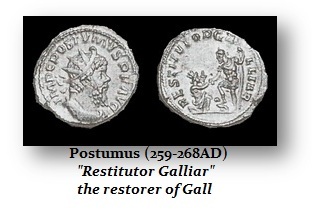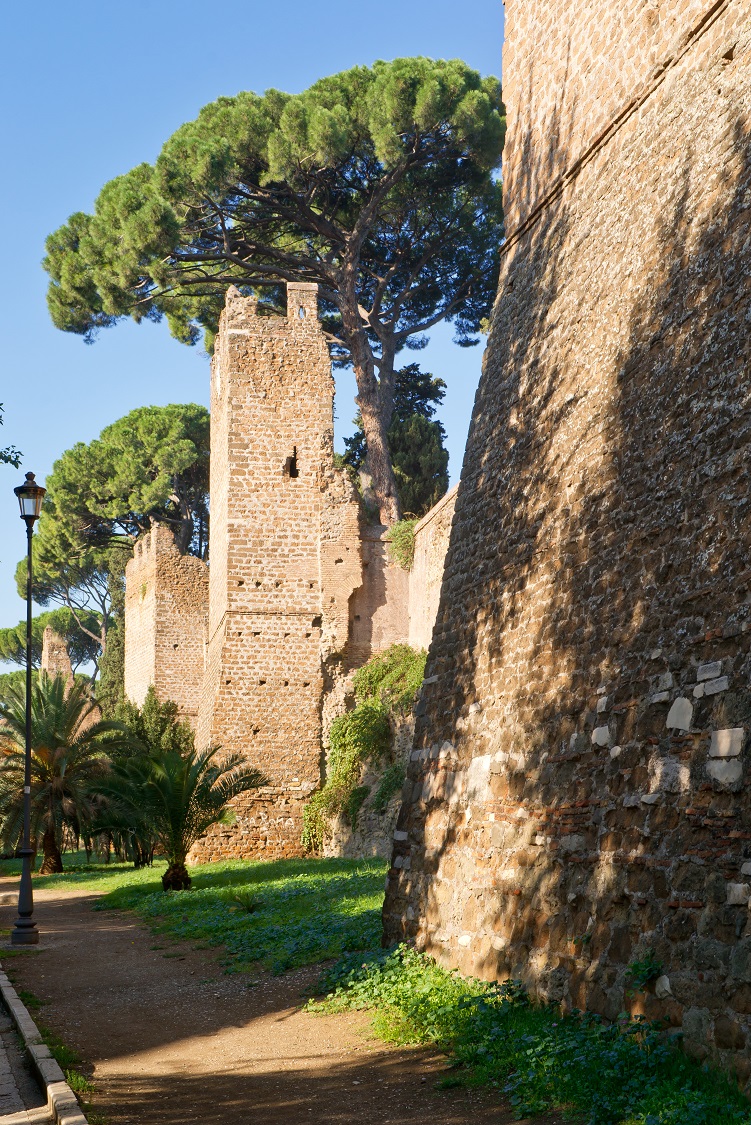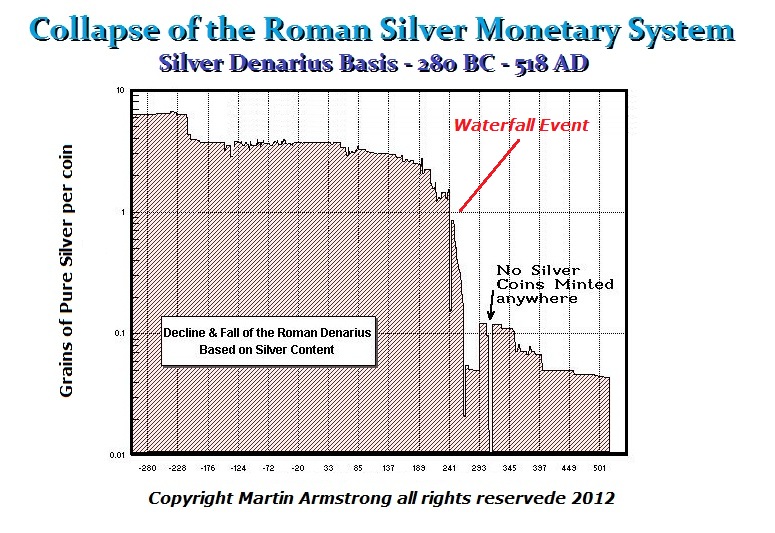QUESTION: Hi Marty,
ANSWER: The hoard of Roman coins I purchased from a find in Britain was a bit earlier from about 260-300 AD. A recent find in Switzerland spans the period 274-294 AD and this overlaps the same period. The massive debasement took place between 260 and 268 AD during the reign of Gallienus (253-268AD), the son of Valerian I (253-260 AD) who was captured by the Persians. The next emperor was Claudius II and his coinage was of the same poor quality as the end of the reign of Gallienus.
 First of all, the capture of Valerian I was devastating to the confidence of the Roman population. We also see during this period the separatist movement, as we do today because of economic conditions. There was the separation of France and Britain becoming the Gallic Empire led by Postumus (259-268 AD). The East also split with Zenobia (267-272 AD) who ruled from Palmyra in modern day Syria, So, we have the empire itself fragmenting. The Romans used the coinage as a form of a newspaper. Here we have Postumus picturing himself as the restorer of Gaul.
First of all, the capture of Valerian I was devastating to the confidence of the Roman population. We also see during this period the separatist movement, as we do today because of economic conditions. There was the separation of France and Britain becoming the Gallic Empire led by Postumus (259-268 AD). The East also split with Zenobia (267-272 AD) who ruled from Palmyra in modern day Syria, So, we have the empire itself fragmenting. The Romans used the coinage as a form of a newspaper. Here we have Postumus picturing himself as the restorer of Gaul.Aurelian introduced a major monetary reform. The coins are back to being well struck and here is an Antoninianus with the reverse declaring that he is the restorer of the world. The marking XXI generally read to mean 20 parts copper to one part silver. This mark appeared on the coinage from Aurelian reform up until the monetary reform of Diocletian. It seems to vanish after 294 AD.
Additionally, there were many barbarian invasions. The previous emperor, C laudius II Gothicus (268-270 AD) defended the empire that became under siege on all fronts. Once the Persians captured a Roman Emperor, then everyone began invading and could smell the blood.
laudius II Gothicus (268-270 AD) defended the empire that became under siege on all fronts. Once the Persians captured a Roman Emperor, then everyone began invading and could smell the blood.
Aurelian constructed a wall around Rome that still stands today. This was showing that Rome itself was no longer truly safe. This is why we began to see many hoards buried during this period of great uncertainty. We are approaching such an era today as people are starting to hoard cash from excessive government taxation. We will see the rise in separatism as well as war.













